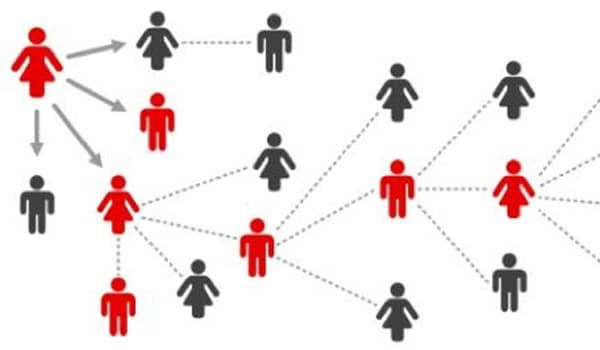
As the far-reaching impacts of the coronavirus disease 2019 (COVID-19) pandemic expand to more and more countries, key questions about transmission dynamics and optimal intervention strategies remain unanswered. In particular, the age profile of susceptibility and infectivity, the frequency of super-spreading events, the amount of transmission in the household, and the contribution of asymptomatic individuals to transmission remain debated.
This article describes the findings from a study in Shenzhen, China. For example, it finds that children become infected and can transmit the virus but many remain asymptomatic. It finds that transmission regularly takes place within households. The speed with which infected individuals are identified and their contacts also tested, and isolated, makes an important difference.
Knowledge of interactive issues of virus shedding, symptoms, pre-symptom transmissibility and the different ways people are getting infected helps. But what it indicates, even for the non-specialist, is that countries who have successfully controlled transmission and have low mortality (e.g. China, Singapore, Taiwan, South Korea, Germany and Iceland) have done ample testing and contact tracing, isolating infected individuals, supplemented by moderate forms of social distancing. It argues that contact tracing on the scale that is needed for the response to this virus is labour intensive, and needs new, technology-based approaches to assist in identification of contacts. It contends that enhanced case finding and contact tracing should be part of the long-term response to this pandemic and can get us most of the way towards control.
One new technology-based approach is the use of an app on your mobile phone that signals when you get near to a person who, if they also have the app, has reported symptoms of the virus. It sounds exciting, but it has a long way to go before it can replace labour-intensive, manual contact tracing. This BBC News report (20 April 2020) provides a straightforward explanation of the importance of contact tracing, a clear picture of the hopes for the technology and its quite substantial limitations to date.
SOURCE: Lancet Infectious Diseases, by Kaiyuan Sun, Cecile Viboud, 27 April 2020



